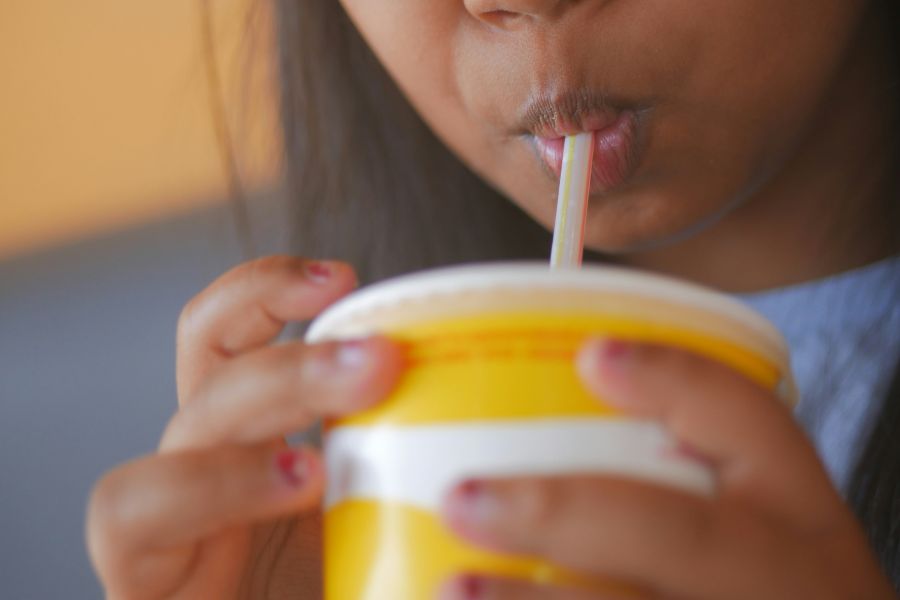A national study reveals that young children in the US are exposed to various potentially harmful environmental chemicals, commonly found in plastic packaging. Many of the chemicals are not routinely monitored and can pose health risks.
The study published in Environmental Science & Technology was conducted by multiple institutions across the US in coordination with the Environmental influences on Child Health Outcomes, a program supported by the National Institutes of Health.
Deborah Bennett, lead author and professor at the University of California, Davis (UC Davis) Department of Public Health Sciences, tells Packaging Insights: “Children often have higher exposures due to their increased contact with the environment. They eat and drink more per unit body weight since they are growing and they tend to explore their environment by touching things and putting things in their mouths.”
“It is difficult for people to act on their own. Ideally, there should be more regulation of compounds allowed in food packaging and processing equipment. One thing parents can do is to not microwave foods in plastic containers and feed their children with less processed foods.”
More regulation needed
The researchers analyzed urine samples from 201 children, aged from two to four years, and their mothers. They tested 111 chemical analytes, including phthalates, bisphenols, benzophenones, and organophosphate esters.
Of the 111 analytes, 96 were found in at least 2% of children, 48 in over half, and 34 in more than 90%. The study also finds that children had higher levels of several chemicals than their mothers did during pregnancy.
“Many of these chemicals are known or suspected to interfere with hormones, brain development, and immune function,” says Bennett. “Agencies should further regulate chemicals allowed in food packaging and processing equipment.”
Researchers share that frequent hand-to-mouth contact, playing close to the ground, and higher intake rates relative to their smaller body weight make kids vulnerable to chemical exposure.
According to scientists, parents could choose safer products by looking for labels such as “phthalate-free,” “paraben-free,” and “fragrance-free.” They also recommend avoiding plastics labeled #3, #6, and #7, which may contain BPA or similar harmful chemicals, to help protect children.
Jiwon Oh, first author of the study and a postdoctoral scholar in the UC Davis Department of Public Health Sciences, says: “Exposure to certain chemicals in early childhood, like plasticizers, has been linked to developmental delays, hormone disruption, and other long-term health issues. This new study highlights the urgent need for expanded biomonitoring and stronger regulations to protect children from harmful exposures.”
